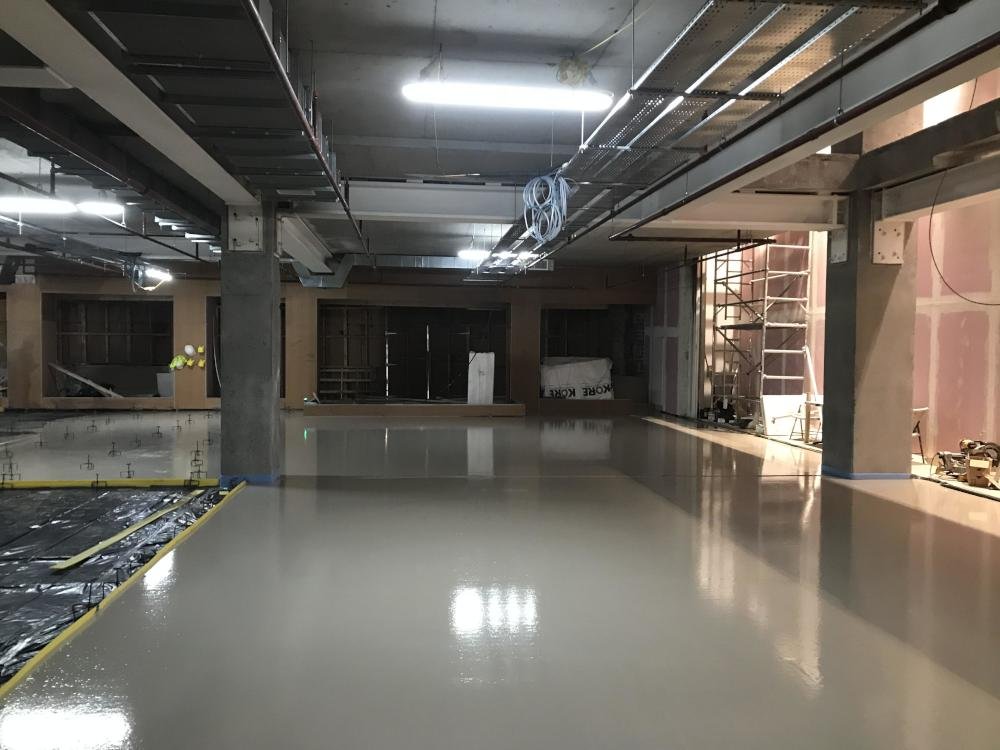What is anhydrite screed?
Anhydrite screed, also known as calcium sulphate screed, is a type of flowing screed that is made from anhydrite (calcium sulphate) binder, sand and water, along with other additives such as polymers, retarders and accelerators. It is a popular alternative to traditional sand and cement screed, as it offers a number of advantages, including faster drying times, better thermal conductivity and improved workability.
Anhydrite screed is a self-compacting material that is applied in a liquid form and spreads easily to create a flat and level surface. It is typically used as a floor screed in residential and commercial buildings, and is often chosen for its high compressive strength which makes it suitable for use in areas with heavy foot traffic or loads.
One of the main advantages of anhydrite screed is its fast drying time which can be as little as 14 days compared to the 40 days required for traditional sand and cement screed. This allows construction projects to progress more quickly and reduces the risk of delays caused by wet screed.
Anhydrite screed also offers better thermal conductivity than traditional screed, which makes it an ideal choice for use with underfloor heating systems. It is also easier to work with than traditional screed, as it is self-compacting and does not require the same level of manual labour to apply and level.
Overall, anhydrite screed offers a number of benefits over traditional screed materials, and is widely used in modern construction projects for its efficiency, durability, and ease of use.


